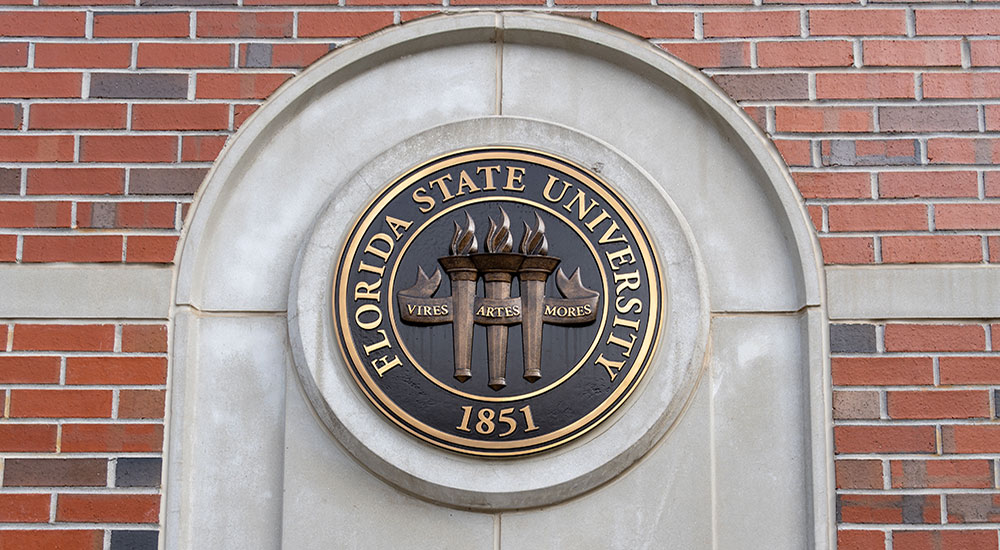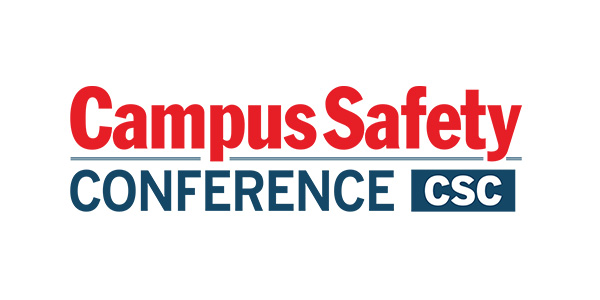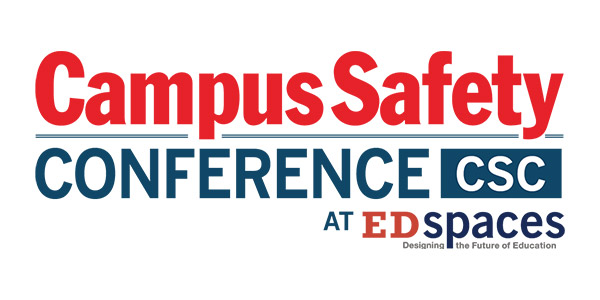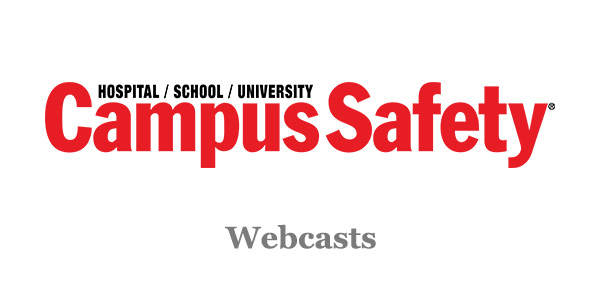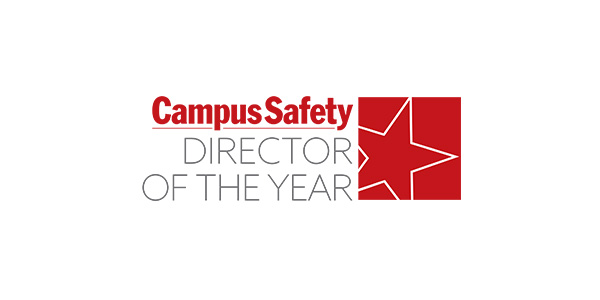We’ve become all too accustomed to the horror of school shootings. From elementary schools to sprawling university campuses, the question is no longer if an incident will happen—but when. And while the public may feel helpless, those responsible for campus safety—law enforcement, administrators, and emergency managers—must remain vigilant. The recent shooting at Florida State University (FSU) in April 2025 serves as a critical reminder: emergency planning, training, and continuous assessment save lives.
Despite the heartbreak of loss, the FSU incident also demonstrated what effective planning and response can look like. With zero student fatalities and a law enforcement response time under two minutes, it’s clear that some things were done right. However, it also exposed vulnerabilities that must be addressed and security measures that must be enhanced before the next crisis.
What Went Right During FSU Shooting Response
- Immediate Emergency Alerts: FSU’s emergency notification system “FSU Alert” functioned as intended. Students and faculty received immediate alerts via text, email, and app notifications, allowing them to take action without delay.
- Students Knew What to Do: Thanks to previous lockdown drills and awareness campaigns, students across campus initiated “lockdown protocols.” Many took protective actions: securing themselves in classrooms, staying quiet, and moving away from doors and windows.
- Law Enforcement Responded Rapidly: FSU campus police arrived on scene less than two minutes after the first 911 call—a response time that is among the best in the nation. Their swift, decisive action stopped the attacker before he could cause further harm.
- No Student Fatalities: While the shooting was tragic, no students were killed—a testament to both preparedness and sheer luck. The response undoubtedly saved lives.
What Areas Need to Be Enhanced
- Casualties Near the Student Union: Two workers near the student union were killed, and five others injured. The victims were not in a locked space, raising questions about access control and communication reach during chaotic moments, including emergency notification in open air spaces.
- Gun Access: The 20-year-old suspect, an FSU student, used a firearm belonging to his stepmother—raising concerns about how easily dangerous individuals can access unsecured weapons in their homes. While beyond the campus’s direct control, it emphasizes the value of prevention efforts that extend beyond institutional walls.
- Door Locking Issues: Not all rooms on campus could be locked from the inside. This critical vulnerability, common at many higher education institutions, puts lives at risk during an active shooter incident.
RELATED: New Campus Emergency Communications Survey Highlights Advances in Mass Notification and Panic Alarm Systems
Ongoing Challenges for Campus Security
Open Campus Design
Unlike K–12 schools, college campuses are inherently open. Students, faculty, visitors, and community members flow freely through public spaces—libraries, dining halls, student centers—making a total lockdown extremely difficult.
Perimeter Control
Without walls or gates, enforcing controlled access becomes challenging. Public universities, especially those in urban settings, often have multiple entry points. Surveillance and security patrols are essential, but they cannot replace physical control of access.
A Call to Action: What Campuses Must Do Now
Just one month after the FSU shooting, Florida Board of Governors Chancellor Ray Rodrigues announced a comprehensive review of all state university campuses, coupled with a statewide safety summit scheduled for October 2025. This is a strong first step—but not enough.
RELATED: How to Develop an Effective School District Emergency Operations Plan
Here’s what all university administrators should be prioritizing this summer:
- Conduct Campus-Wide Security Assessments: Assess every building’s vulnerability. Can rooms be locked from the inside? Are access control systems in place and functional? Are there gaps in security camera coverage or weaknesses in physical infrastructure? Assessing security measures must be an ongoing process. After a full assessment, maintenance, security and law enforcement personnel should inspect security measures, including locking mechanisms and doors on a regular basis. A reporting system for those locks and doors that are in need of repair must allow for elevating the maintenance request to the highest priority including a maximum time for repairs and alternative actions if the maintenance is not addressed within that timeline, i.e., keeping the space from being used until the maintenance can be accomplished.
- Upgrade and Maintain Emergency Systems: It’s not enough to have an emergency alert system—it must be maintained, tested, and integrated into the broader emergency operations plan (EOP). Systems should support push notifications, voice alerts, and integration with local first responders and address open-air spaces and those spaces not typically equipped with speakers, such as bathrooms and offices. The public address aspect of the emergency messaging system must not interfere with other alerting, including fire alarms and standard announcements.
- Train with What You Have: Security plans are only effective if they are practiced. Conduct active shooter drills, lockdown exercises, and coordinated response simulations with campus police, local law enforcement, EMS, and administration. Prioritize muscle memory—when the alarm sounds, everyone must know what to do.
- Update Locking Mechanisms Campus-Wide: Classrooms and offices should be retrofitted with hardware that allows occupants to lock doors from the inside without a key. It’s one of the most basic, yet often overlooked, tools for saving lives. Those locking mechanisms must be tested on a regular basis. In this incident, as in most others, the shooter was a student making it likely he/she would know of vulnerabilities.
- Expand Threat Assessment and Behavioral Intervention Teams: FSU’s attacker had shown signs of psychological instability. While he had no prior criminal record, reports suggest warning signs were present. Campuses need functioning, multidisciplinary threat assessment teams that include campus police, counselors, student affairs staff, and legal counsel—capable of monitoring not just students, but also alumni, former employees, and unaffiliated individuals when appropriate.
- Improve Communication Beyond Students: Often, employees, contractors, and campus visitors are left out of emergency messaging loops. Broaden communication strategies to ensure everyone on campus can be reached in a crisis.
Looking Ahead: Security in the Age of Protest and Polarization
Campuses in 2025 are not just educational spaces—they are increasingly becoming stages for political and social unrest. The rise in protests, controversial speakers, and deeply polarized environments creates new layers of risk. Administrators must not only plan for the lone gunman but also prepare for mass gatherings, counter-protests, and civil disturbances that can quickly spiral out of control. A clear definition of what actions of a group constitute “peaceful” protesting, what is not “peaceful” and what actions are to be taken immediately without a lengthy approval process must be established and shared publicly.
RELATED: Are You Ready for Your Next Protest? A Dozen Considerations for Campus Administrators
Colleges and Universities are institutions of higher education. Therefore, education must be the highest priority after safety. Anything that interferes with the learning environment must not be tolerated. Actions and statements by faculty that encourage violence and violations of the rules must be held accountable. As the father of a high schooler who is preparing to go on to college, I expect that when I pay tuition it constitutes an agreement, a contract of sorts that includes the school’s responsibility to provide for that educational environment and the safety of my child. If my child does not feel safe going to class, the administration has failed my child and violated our agreement.
Conclusion
The FSU shooting is another chapter in the painful history of active shooter incidents on college campuses—but also a rare instance where preparation clearly saved lives. The challenge for other institutions is clear: don’t wait until tragedy strikes to take action. Use this moment to strengthen your systems, train your people, and build a resilient safety culture that protects the future of your campus community.
Brian Higgins is a national security and emergency management consultant with over 25 years of experience in law enforcement, campus safety, and risk mitigation. As founder of Group77, Brian currently advises public and private institutions on threat assessments, emergency planning, and organizational resilience, and is a lecturer at John Jay College of Criminal Justice in New York City.
NOTE: The views expressed by guest bloggers and contributors are those of the authors and do not necessarily represent the views of, and should not be attributed to, Campus Safety.
Correction: The date of the shooting was 2025. The article originally said 2024>

